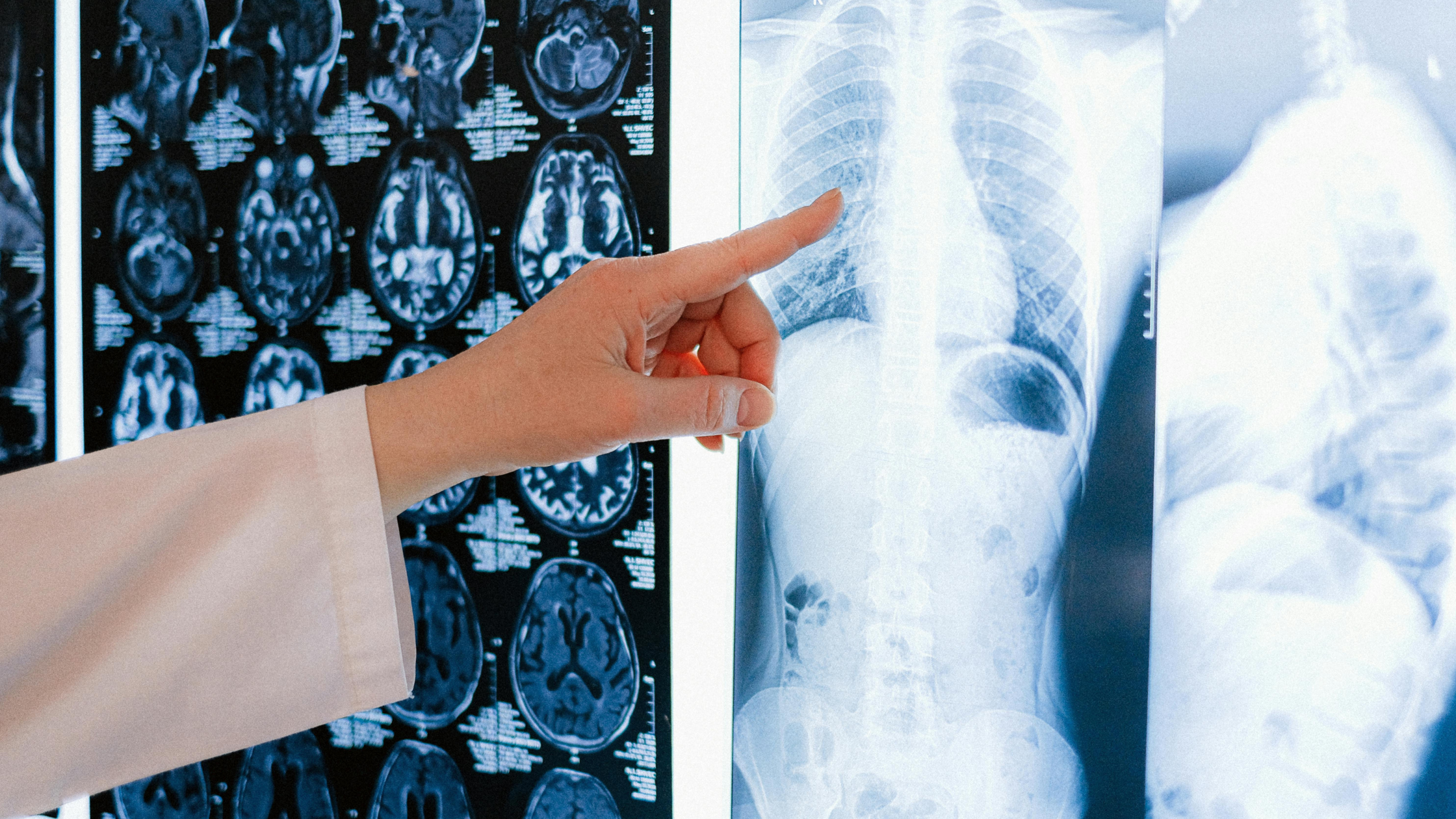Empathy Is Written Into Your Brain, Even When You Miss the Cues
The Upshot
Even when you misread someone’s mood, your brain still registers their true emotional signal. New neuroscience confirms what empaths and healers have always felt: empathy is a biological intelligence, not just a soft skill. From heart-generated electric fields to mirror neurons and even the potential of quantum connection, we are wired, literally and energetically, for emotional attunement. The most exciting part? Empathy is trainable. And building it may be one of the most overlooked keys to nervous system balance, healing, and healthy aging.
I’ve always felt what others feel.
Even before I had the words to describe what was happening, before I studied neurology, energetics, and healing, I would walk into a room and take the emotional temperature. It wasn’t always comfortable. Sometimes it was overwhelming. Over time I came to understand it as one of my greatest gifts as a healer: empathy as a kind of knowing.
A new study published in the journal Nature Communications (1) confirms what intuitives and empaths like me have long sensed: our brains are reading people more deeply than we consciously realize. Using fMRI scans and machine learning, researchers found that even when we misinterpret someone’s emotions, our brains still carry a hidden imprint of what they’re truly feeling.

Encoding
Researchers discovered two distinct neural patterns that show up when we observe others: one for the speaker’s intended emotional expression (what they’re actually trying to communicate), and one for the observer’s inference (what we think they’re feeling). Sometimes these line up. Sometimes they don’t. But here’s the most astonishing part: our brains still encode the speaker’s authentic emotional state, even when our conscious mind gets it wrong.
This empathy is more than a social skill. It’s biological intelligence, and one that may extend beyond the brain alone.
And as someone who bridges both science and soul in my practice, I see this new research as a turning point because it validates what I witness in session after session with clients. Empathy isn’t just an energetic download. It’s a biological one.
We’re all built to connect, care, and feel.
Beyond the Brain
At the HeartMath Institute, researchers have explored what’s known as bioelectromagnetic communication: the measurable electric fields that emanate from the human body, especially the heart (2). These fields can extend several feet and may play a role in emotional and energetic exchanges. This could explain why we feel drawn to some people instantly, or why we “pick up” on someone’s state even when they haven’t said a word. You’re not imagining the vibe. You’re feeling a frequency.
Neuroscience also gives us clues. Mirror neurons, discovered in the early 1990s, allow us to internally experience the emotions we witness in others (3). When someone smiles with real joy, our mirror neurons fire, helping us feel that joy as if it were our own. It’s one of the core mechanisms of empathy and a foundational piece of how love, care, and social bonding are transmitted on a neurobiological level.
And then there are higher levels of connection. Some quantum physicists speculate that emotional connection might extend even further than biology, through what’s called quantum entanglement (4). This hypothesis suggests that two people who are deeply bonded emotionally, energetically, may remain connected even when separated by time or distance.
It’s still not fully understood, but it’s a fascinating possibility that love and empathy may operate on a level beyond our immediate physical perception. I’ve certainly seen it happen in my practice: the moment a mother feels her child’s pain from across the country, or a couple in resonance despite not having spoken in weeks.

Connect, Care, Feel
In the longevity world, we talk a lot about telomeres and cellular aging, NAD+ and inflammation, but sometimes we forget that one of the most regenerative forces on the planet is empathic attunement. Human connection not only soothes the nervous system, but also supports immune resilience, brain plasticity, hormonal balance, and emotional repair.
It’s also where many of us can get hurt. Misreads happen. We assume someone is angry when they’re actually afraid. We interpret silence as coldness when it’s really a sign someone is feeling overwhelmed. The new Nature Communications research helps explain why: our inference and their intent are distinct, living in separate neural circuits. But when those two patterns start to align is when true connection unfolds. That’s when healing happens.
As a reiki master, I have guided clients through meditative or energetic sessions where we clear out the noise of misinterpretation, the projections, defenses, and stories, and come back to the quiet truth of what they’re actually feeling. Now I have a deeper understanding of what’s happening neurologically, too: we’re syncing up those two neural signatures, increasing empathic accuracy, and strengthening the very circuits that make intimacy possible.
What all of this reveals is that empathy isn’t one thing. It’s a constellation. It’s electrical, emotional, neurological, and energetic. It’s also teachable.
Empathy Practice
Because here’s the most empowering takeaway from the research: Empathy is not fixed. It’s trainable.
Just like muscles or memory, your empathic accuracy can grow stronger with practice. The researchers found that the more closely the two brain patterns (intent and inference) aligned, the more accurately people understood each other. That means we can become more attuned, not just through emotional openness, but through intentional awareness.
Here are three simple, science-backed ways to build that alignment:
- Slow down your snap judgments. Give your brain a few extra seconds before labeling someone’s mood. Just this pause creates space for a deeper recognition.
- Practice reflective listening. Repeat back what someone says, not to correct or fix, but to mirror. It helps sync emotional intent with your perception.
- Meditate with others in mind. Loving-kindness meditation (also called Metta) increases activity in the regions of the brain associated with empathy and compassion. Just a few minutes a day can rewire the circuits that help you feel what others feel more clearly.
If you’re sensitive, intuitive, or an empath by nature, this is your time. You’re already tuned in. If empathy doesn’t come easily to you, then that doesn’t mean you’re incapable. It just means you need practice. Your brain is already doing more than you think. The potential is there.
Empathy is not a luxury or a weakness. It’s a survival trait. It’s a healing modality. And it’s a profound source of wisdom, if we’re willing to listen to what our brains already know.
So the next time you’re sitting with someone, feeling unsure or misaligned, take a breath. Drop into your body. Let your intuition and your biology meet. Because even if your mind hasn’t figured it out yet, your brain is already tuned in.
xo – Serena
FAQ
Q. If empathy is trainable, how long does it take to see improvement?
A. Most studies on empathy-building practices (like Metta meditation or reflective listening) show measurable neurological changes in as little as two weeks, with daily practice. Like any brain-based skill, consistency is key.
Q. Can empathic resonance work over Zoom or through texting?
A. Yes. While in-person interaction offers additional cues like electric field communication, research suggests that tone, timing, and intentional presence can still foster emotional alignment, even through digital means.
Q. What’s the relationship between empathy and burnout?
A. High empathy without boundaries can lead to emotional fatigue. This is why energetic hygiene, grounding practices, and nervous system regulation are essential, especially for empaths and healers.
Q. Is this new research helpful for people with social anxiety or even those on the autism spectrum?
A. Absolutely. This dual-signature model may help explain why some people sense emotional intent yet still struggle with conscious interpretation. It opens the door to new therapies that support both biological and cognitive empathy.
Q. What’s the difference between being intuitive and being empathic?
A. Empathy is the capacity to feel or sense others’ emotions. Intuition is the ability to access information beyond rational analysis. They often overlap, but they use different neural and energetic systems.
Q. How does empathy tie into longevity?
A. Empathic relationships lower stress hormones, regulate inflammation, and increase vagal tone, all crucial for healthy aging. Emotional isolation, on the other hand, is a risk factor for everything from heart disease to cognitive decline.
CITATIONS
- Reddan MC, Ong DC, Wager TD, Mattek S, Kahhale I, Zaki J. Neural signatures of emotional intent and inference align during social consensus. Nat Commun. 2025 Jul 8;16(1):6156. doi: 10.1038/s41467-025-59931-8. PMID: 40628723; PMCID: PMC12238612.
- https://www.heartmath.org/research/research-library/energetics/energetic-heart-bioelectromagnetic-communication-within-and-between-people/
- Patel J. Advances in the Study of Mirror Neurons and Their Impact on Neuroscience: An Editorial. Cureus. 2024 May 29;16(5):e61299. doi: 10.7759/cureus.61299. PMID: 38947710; PMCID: PMC11212500.
- Escolà-Gascón Á. Evidence of quantum-entangled higher states of consciousness. Comput Struct Biotechnol J. 2025 Mar 10;30:21-40. doi: 10.1016/j.csbj.2025.03.001. PMID: 40171221; PMCID: PMC11960655.
by





